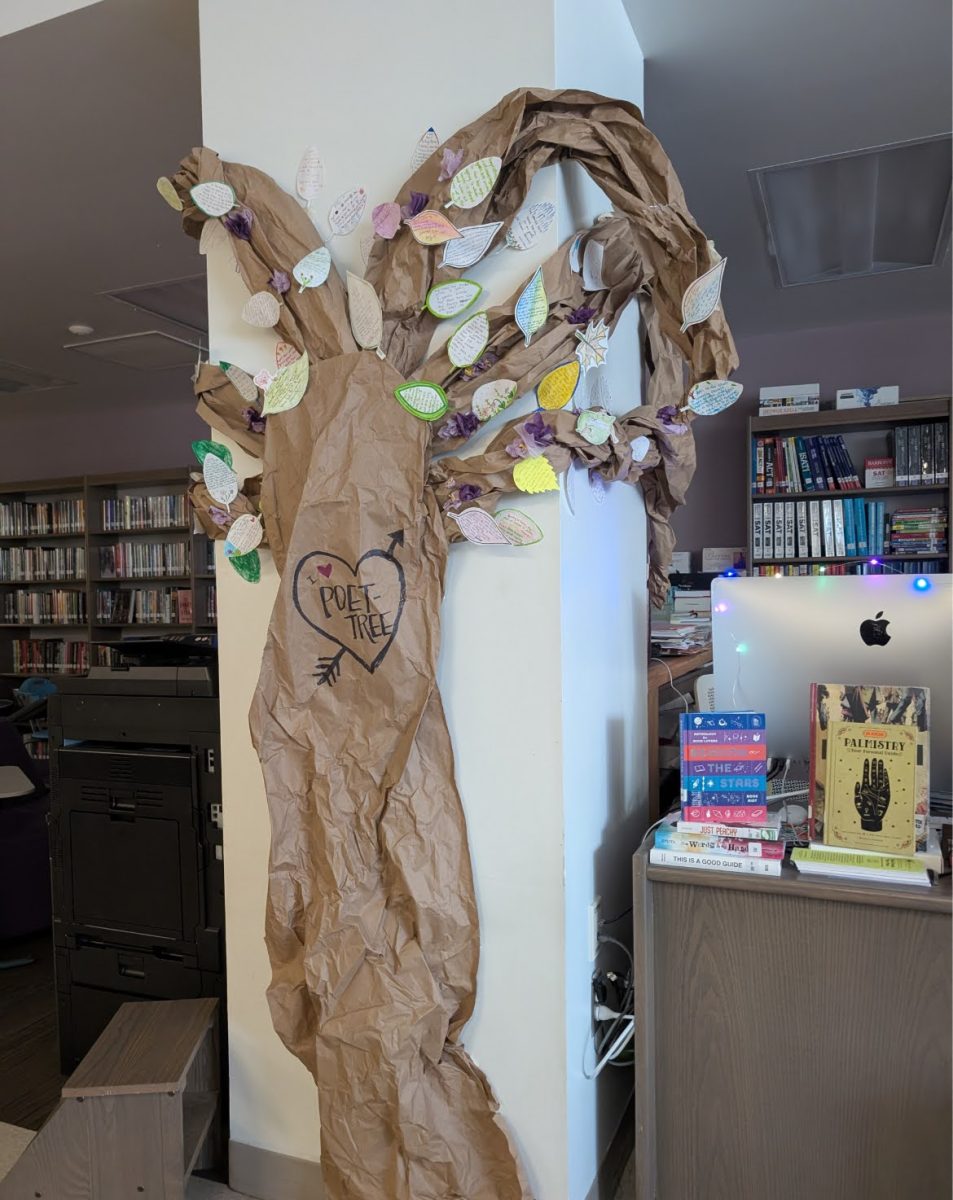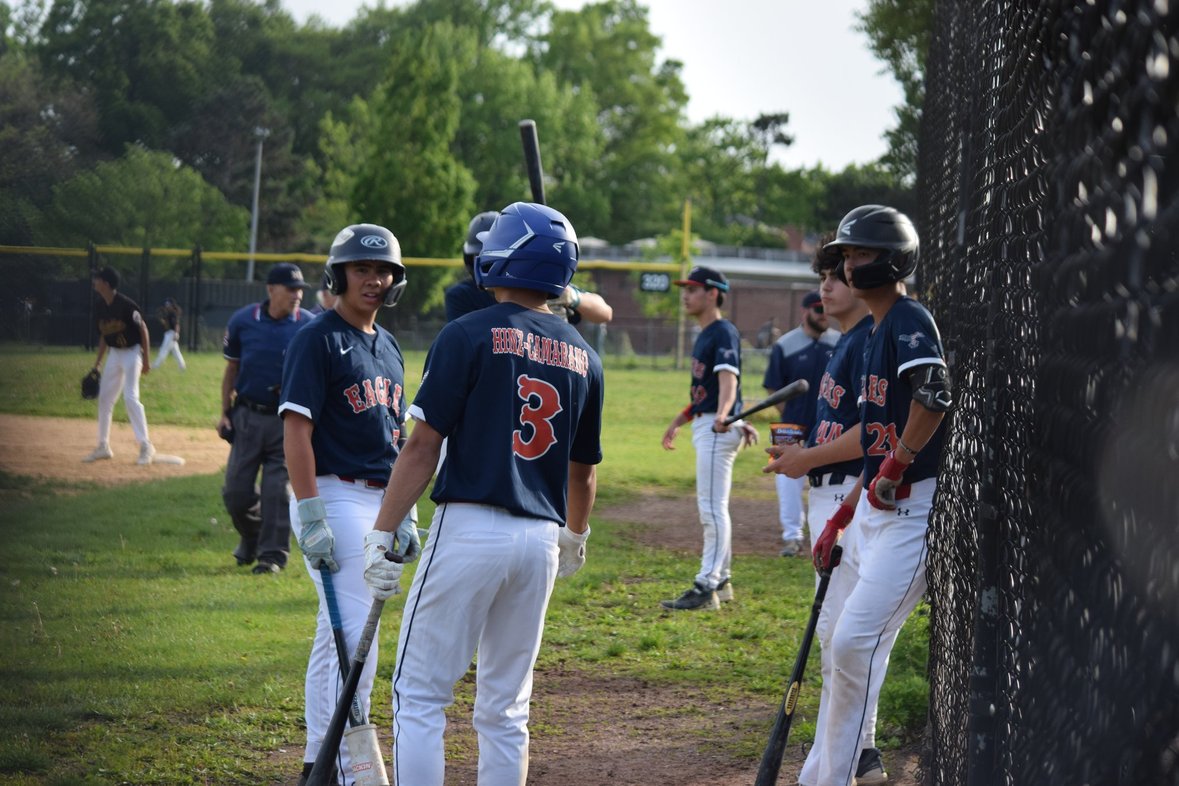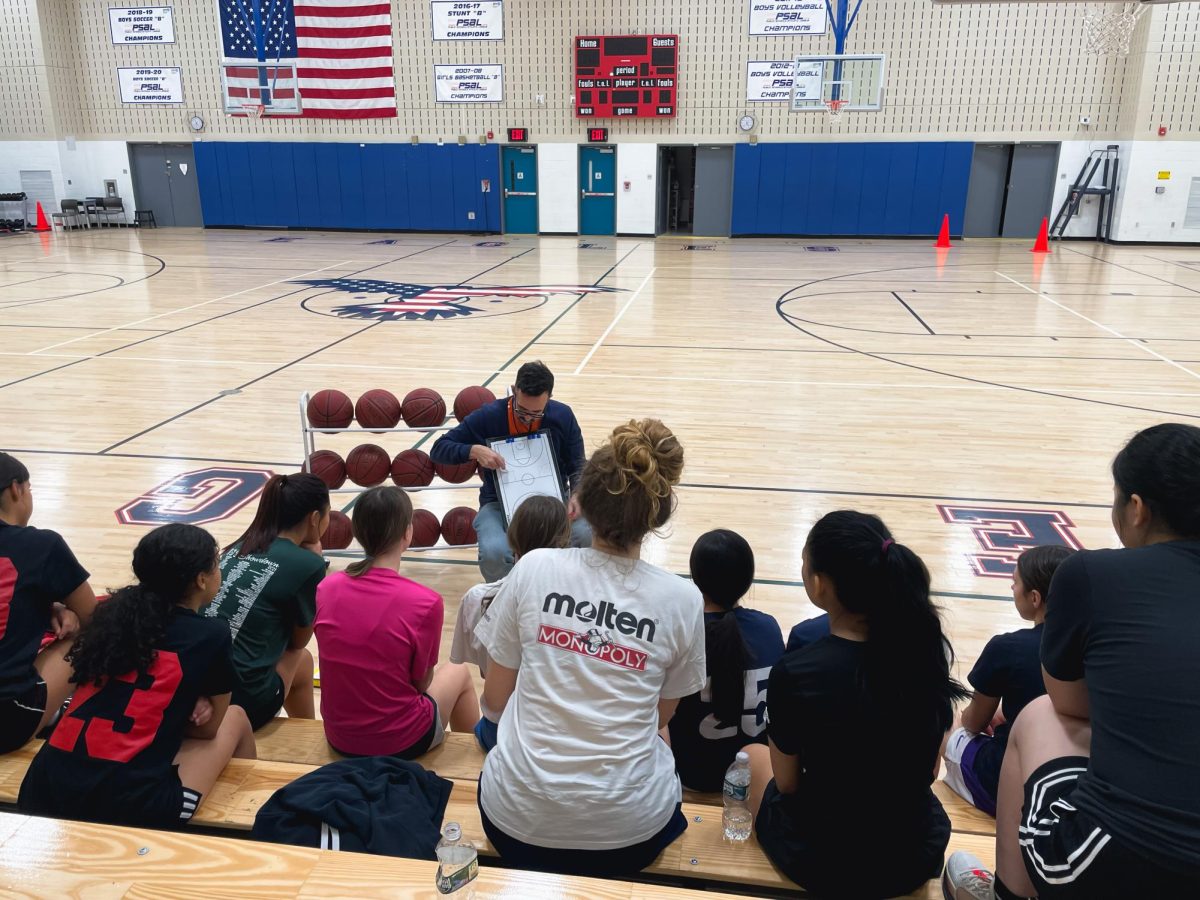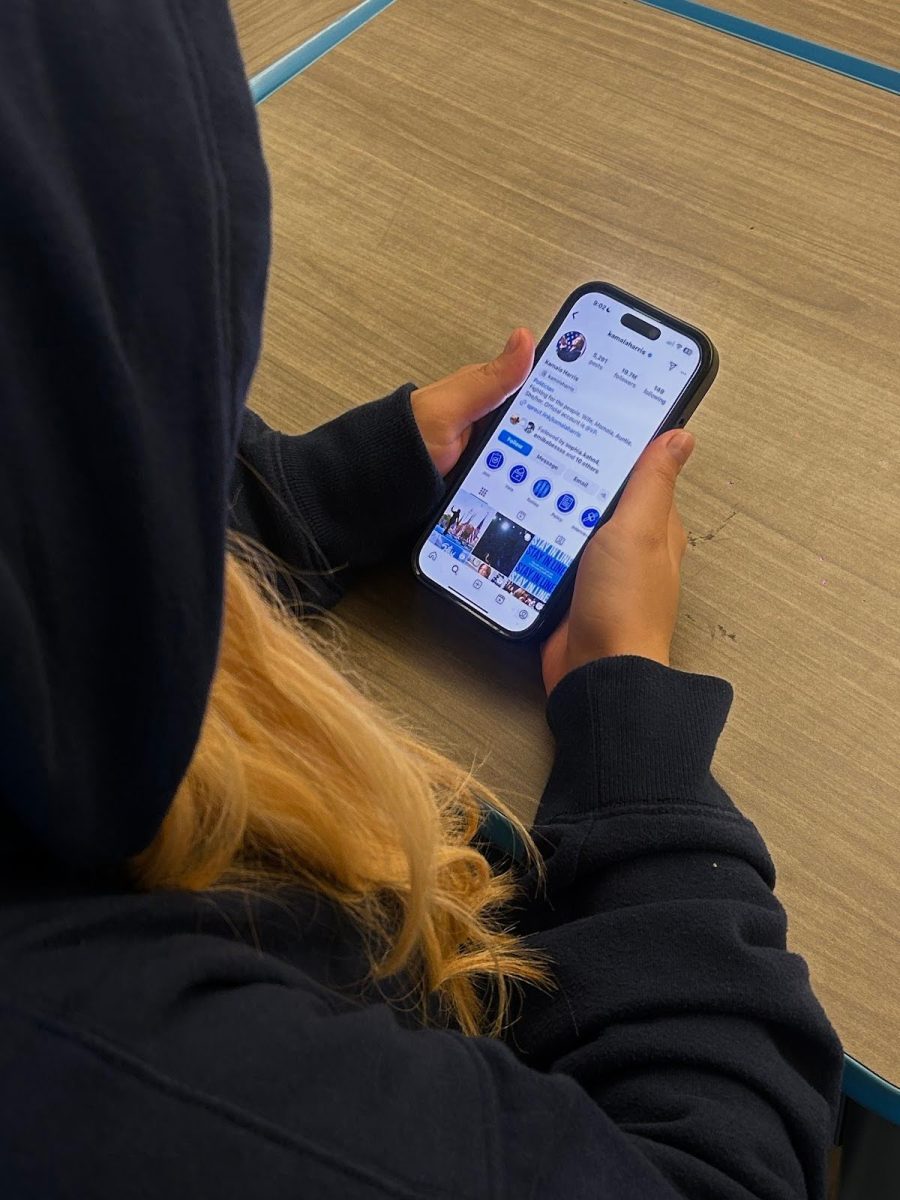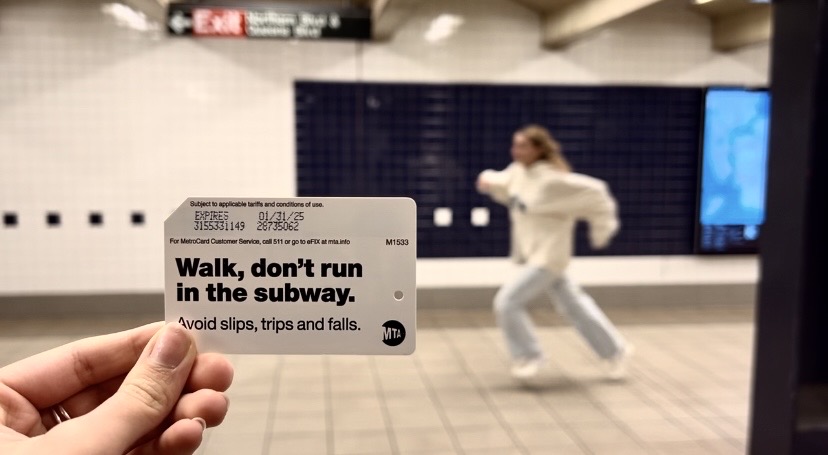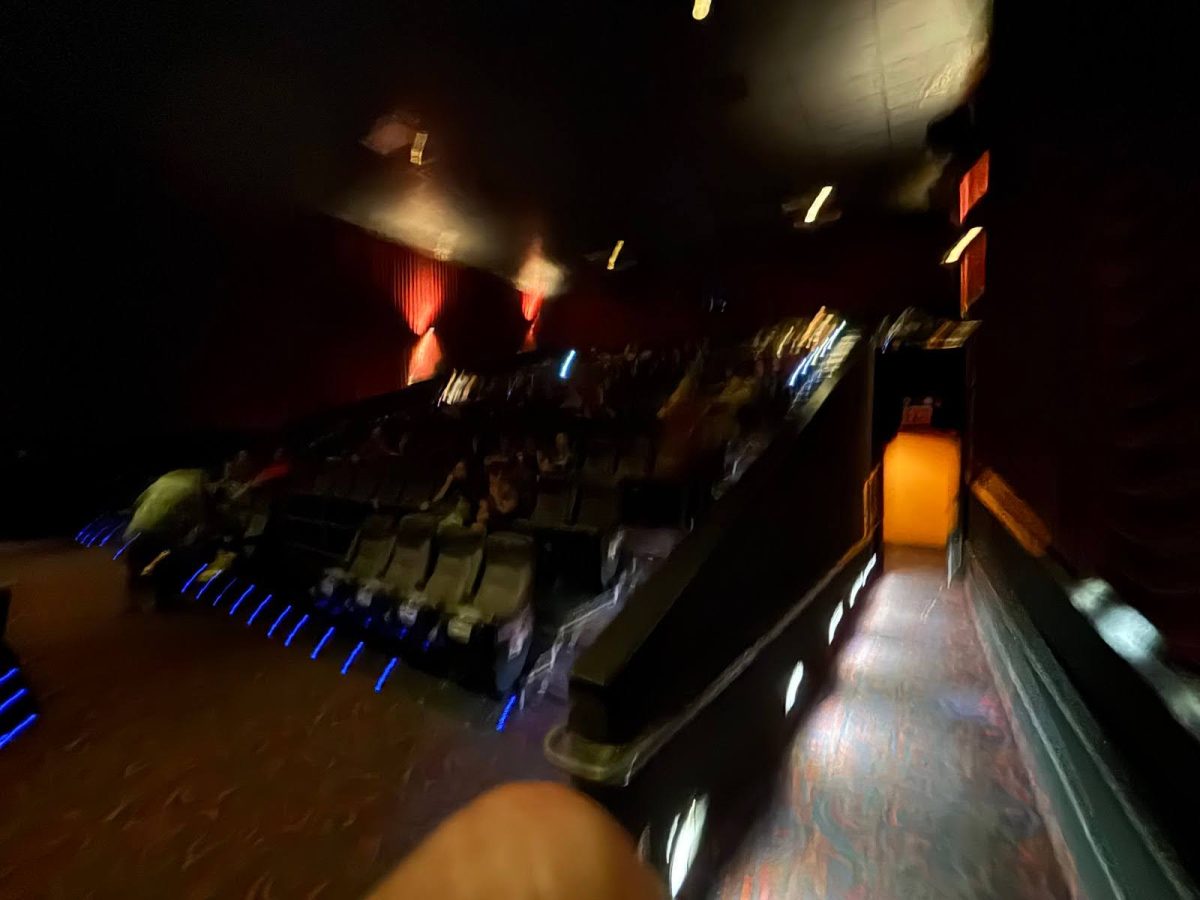Students at Academy of American Studies worry about their community service hour requirements due to the introduction of categories for the 2023-2024 school year.
Students in grades 10 to 12 are required to have community service in order to complete the year. Each grade has between 21 and 45 required hours, and three categories requiring 7 to 15 hours each, depending on grade.
Prior to the change, there was only a required number of hours that each student needed to complete in order to pass their grade. Those hours, marked at the bottom of a students report card, were implemented as a method to encourage college readiness, but the new system has students questioning what everything means.
The 2023-2024 community service newsletter states that students need hours equally split between “Academy of American Studies’ clubs or sports team, nonprofit organizations, or within the school community (for example: Student Government/club community service events and/or assisting a staff member).”
Many students found out about the change via the Gazette survey. A few questioned the rationale of this requirement and wonder how it will affect their own goals and ambitions in high school. The minority that seem not to be concerned with community service are focused on other goals, such as athletics, part-time jobs or maintaining grades.
Amalia Karabas, one of six counselors at Academy, hears students’ concerns on the community service requirements firsthand. “They’re afraid that they will not graduate,” she explains. This can be largely attributed to the fact that “a lot of students are misinformed, students and parents I shall say… Community service is not mandatory, it is encouraged. A lot of kids don’t know that.”
Karabas also recognizes that students would choose many other options over staying after school for school events, which is a primary source of volunteer opportunities. Furthermore, while individual research is an option, students are less likely to make the effort to do so. To remedy this, she believes the school could increase awareness by increasing the amount of convenient opportunities offered directly by the school.
Some ideas included creating “partnerships with community centers,” or a “a school cafeteria cleanup…after each lunch period,” Karabas suggests. These opportunities would allow students to find a consistent source of serving their communities and accumulating hours. This is especially the case for ideas such as cafeteria cleanups, because it would fit within students’ current schedules.
With all of this being said, it is up to the students themselves to actually take up opportunities, whether it is directly presented to them or not.
Nevertheless, there are volunteer opportunities outside of Academy that students can still apply for. For example, the Queens Zoo offers a “Discovery Guide Youth Volunteer Program.” In this program, teens educate visitors on wildlife and conservation while gaining valuable experience and hours to fit the new criteria.


